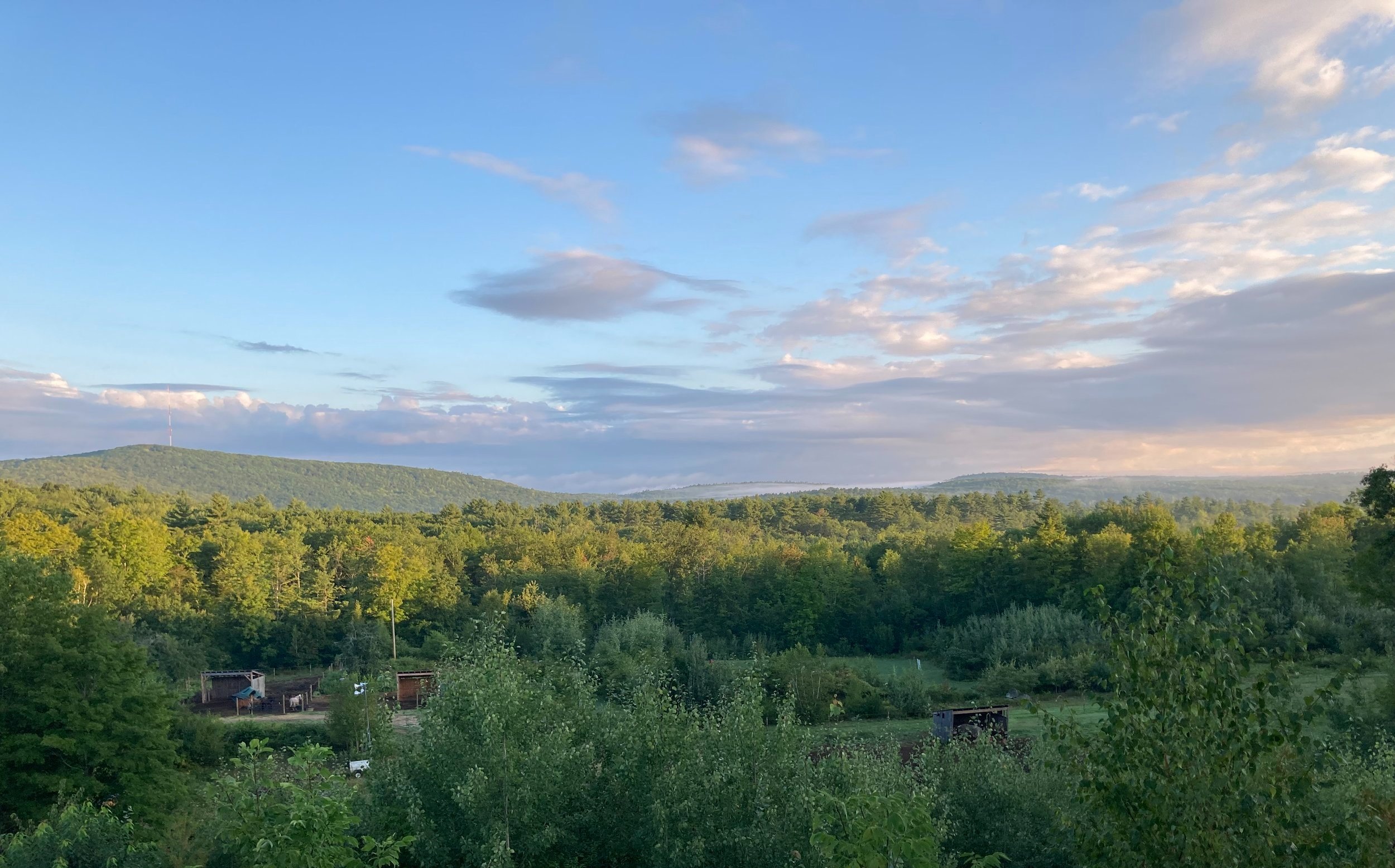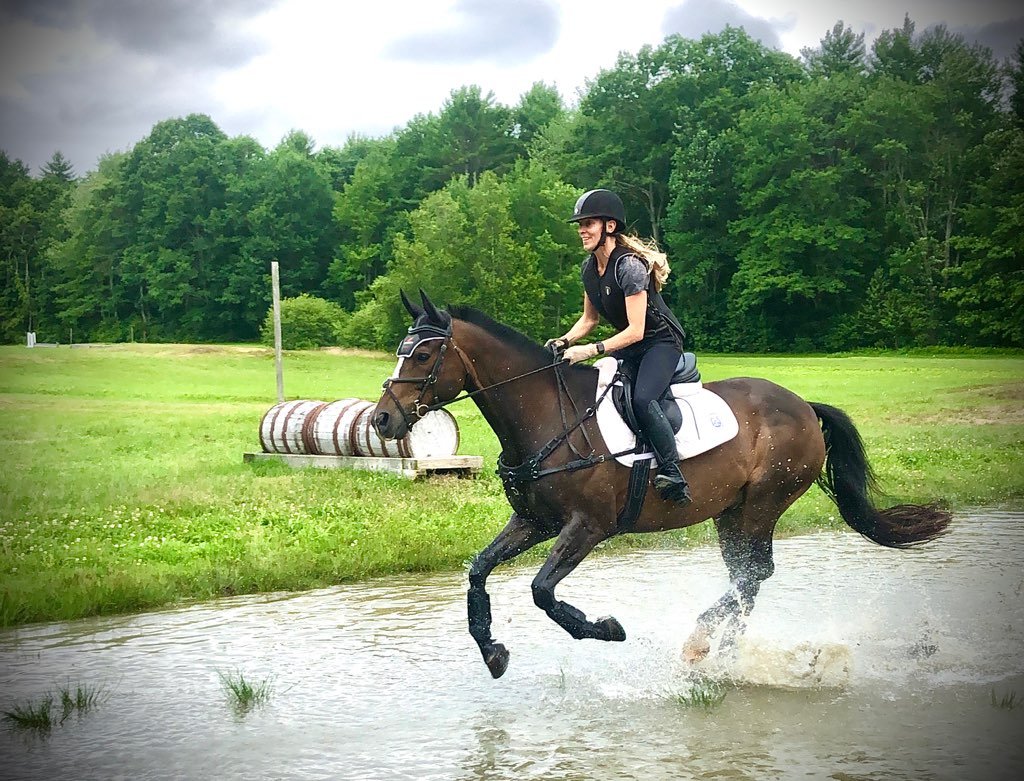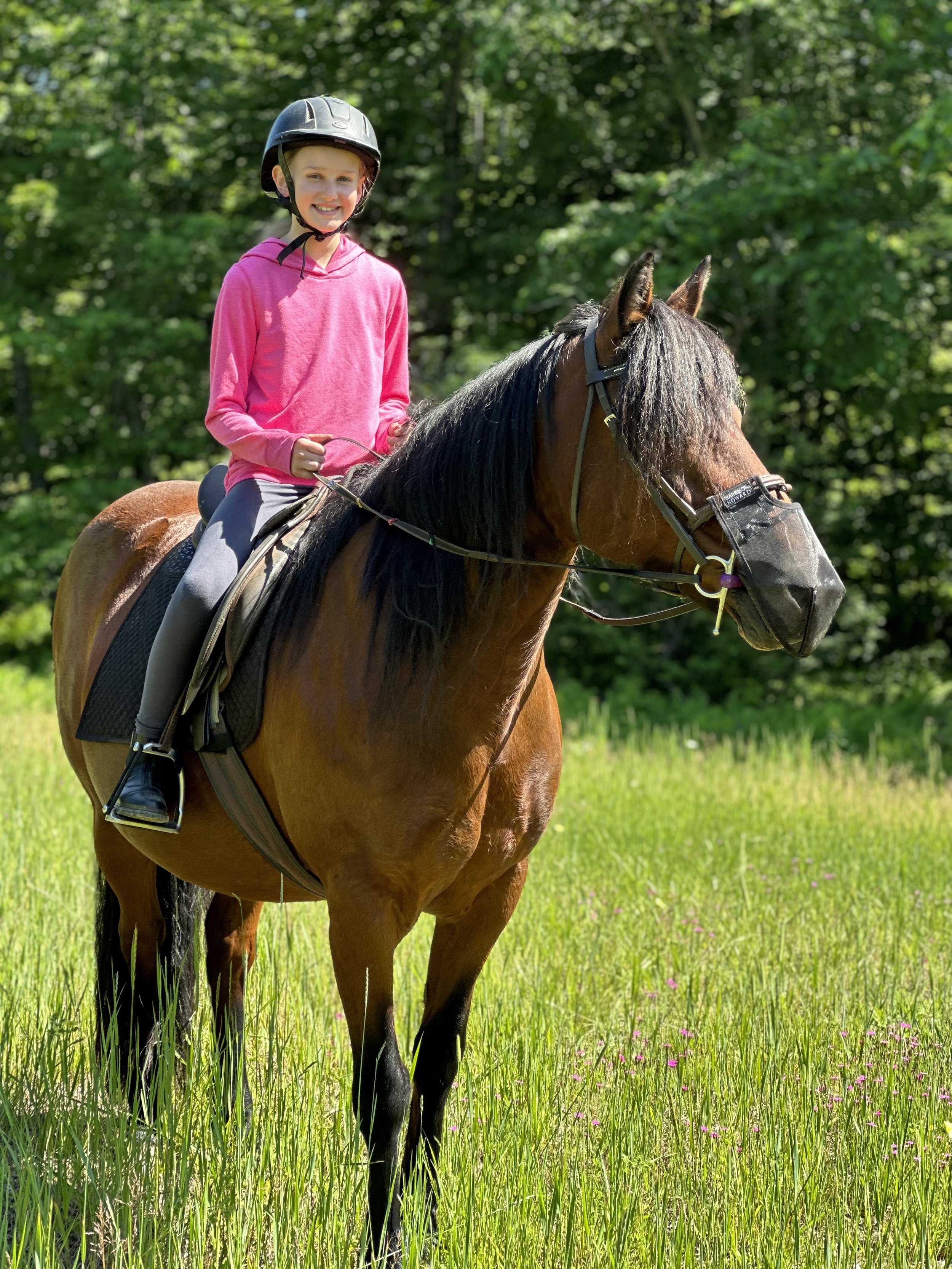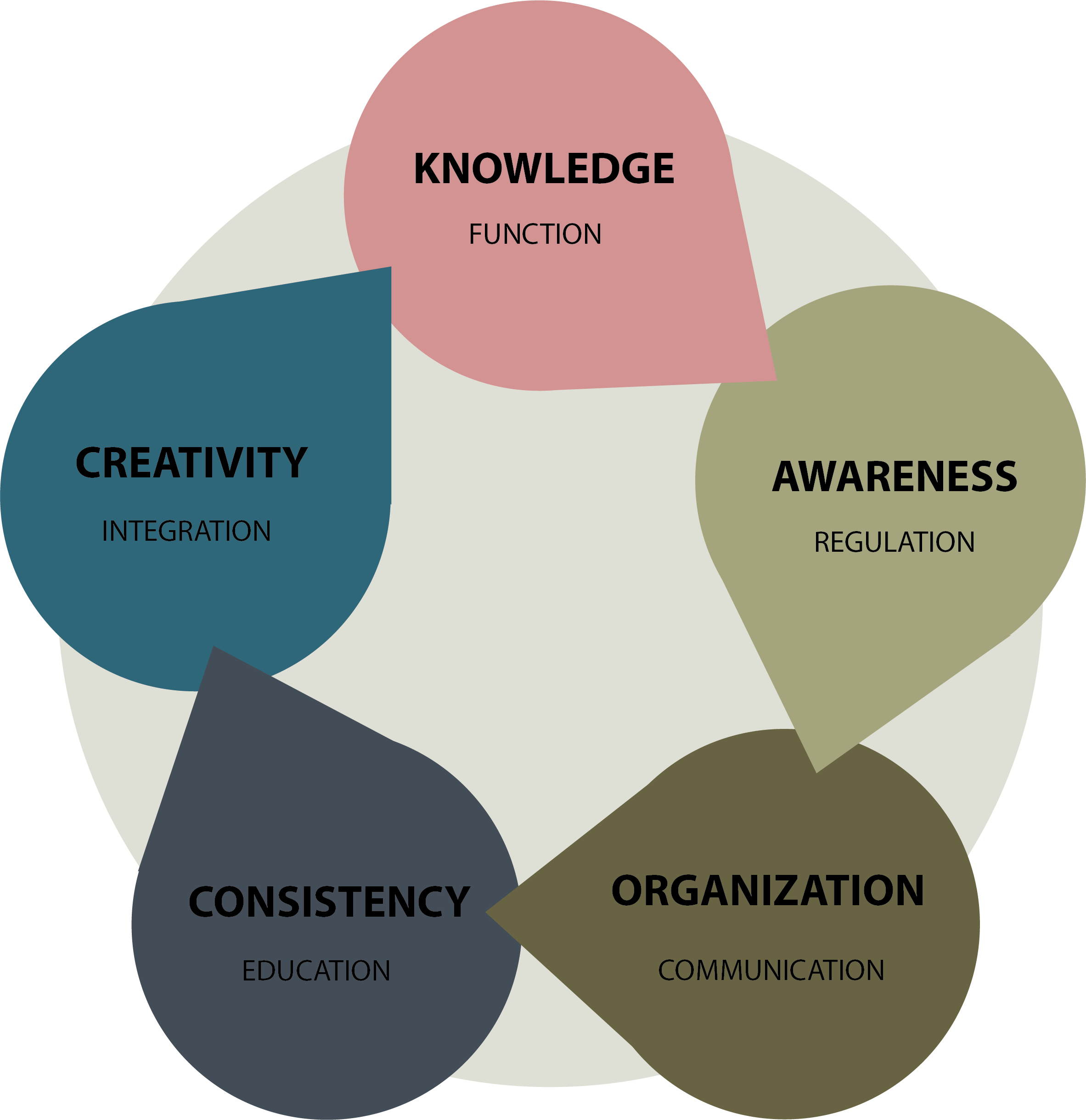
Our Philosophy
The Flow Approach to Horsemanship
Strolling through the woods. Dancing down centerline. Galloping across the beach. Soaring around stadium. Pounding down to a cross country fence.
We are all chasing that feeling of Flow.
Founded by University of Chicago positive psychologist Mihaly Csikszentmihalyi, flow theory explains how to find that almost magical state in which you are so immersed in the joy of your activity that “nothing else seems to matter.”
Flow is the state of optimal experience that occurs when your skill level is equal to the challenge before you.
Applying Flow to Horsemanship
The Flow Approach serves many purposes in understanding and utilizing good horsemanship.
It defines five phases of equine development and five corresponding phases of leadership that contribute to creating a flow state between horse and human.
It illustrates the infinite positive feedback loops between each of the phases such that development in each phase lays a foundation for the following phase as well as improving capacity for the previous phase.
It describes an ongoing spiral of progress that applies to every layer of horsemanship: from specific tasks to individual sessions and to the horse and riders lifetime of learning.
It provides a framework for understanding and organizing new information and the relationships between new riding, training and teaching tips and toolkits.
It offers a systematic strategy for understanding and troubleshooting behavioral patterns.
Five Phases of Equine Development
For a horse to develop within a flow state, we must assess and manage an evolving matrix of factors. Those factors can be organized according to the following five phases of development:
When we assess a horse for Function, we are asking how well their structural components work together.
Regulation describes how a horse modulates their energy, tension and movement in response to their environment.
In the Communication phase, we assess how the horse relates and responds to their human partners.
Education refers to the process of pairing cues with responses through repetition.
The final phase is the Integration of the horses skills to strengthen them within a specific discipline or utilize them for a specific purpose.
Five Phases of Leadership
Our ability to facilitate forward progress for our horses depends upon the quality of our leadership. We can think about our responsibilities in horsemanship in terms the following five corresponding phases of leadership:
Our first responsibility to the horses is Knowledge of how they function physically, emotionally, and socially.
Awareness of how we and the horses interact with space, energy and the environment allows us to help them regulate.
Communication becomes clear with nuanced Organization of our minds and our bodies.
Consistency in delivery and response is the key for teaching new skills and building trust.
Approaching horses with Creativity allows us to integrate skills in a way that is strengthening, empowering and fun!
Toolkits
The Flow Approach is unique in part because it can be used to understand roles and relationships between any of the hundreds of systems of horse training and horsemanship. These are the primary toolkits and resources that we use at Hideaway:
Function & Knowledge
Balance Through Movement Method Postural Development
Nerve Release Techniques
Osteopathy
Grain-free Non-synthetic Nutrition
Forage, Friends and Freedom
SmartSaddles Fully Flexible Saddle
Regulation & Awareness
Balance Through Movement Method Nervous System Regulation
Harmony Horsemanship’s Calm Connection Exercises
Communication & Organization
Harmony Horsemanship’s Calm Connection Exercises
Ride With Your Mind Rider Biomechanics
Education & Consistency
Harmony Horsemanship’s ABCs Creating a “Yes” Horse
Integration & Creativity






